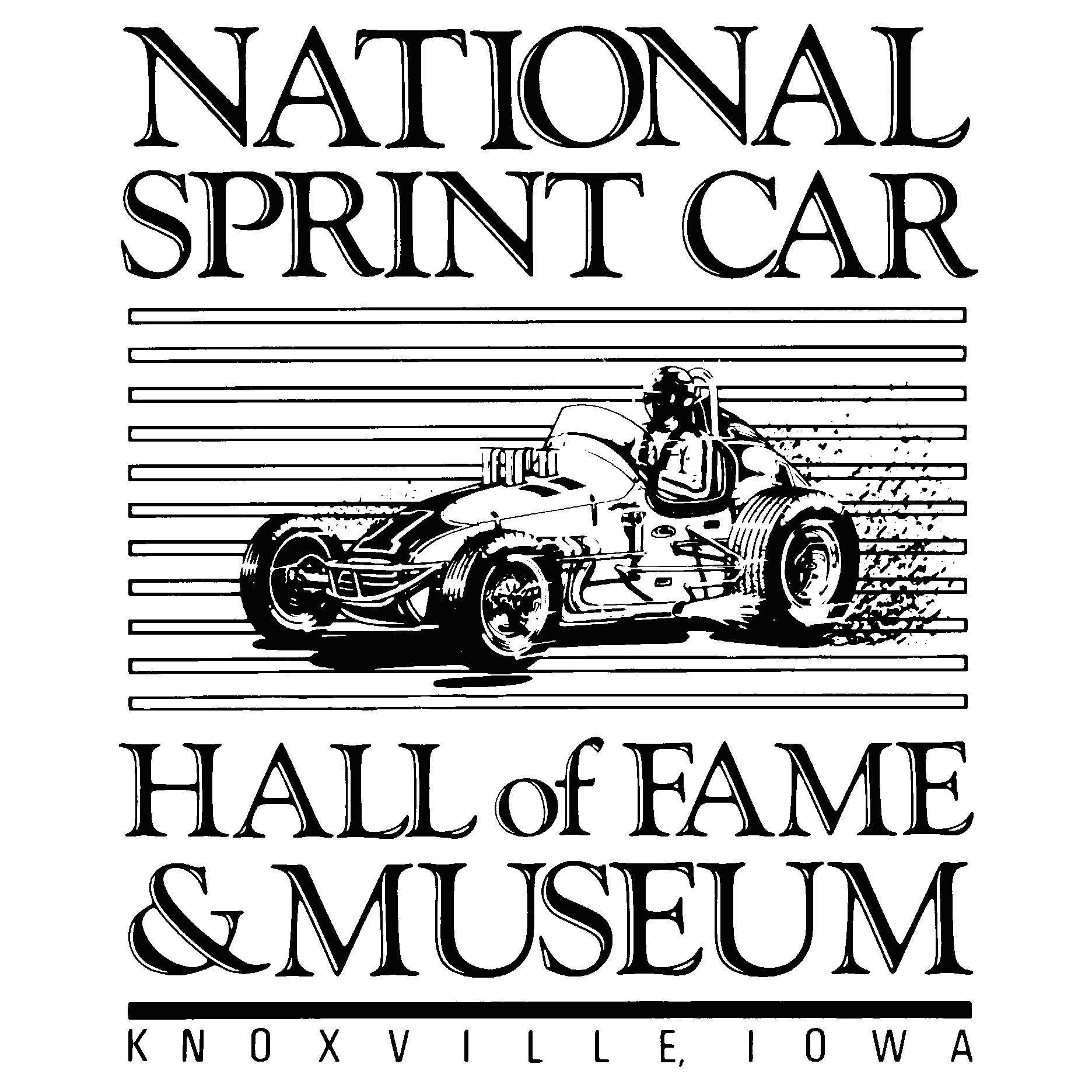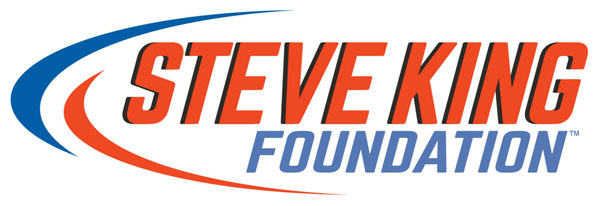Ryan Newman lauds safety advancements that allowed him to race again
Photo by Getty Images
By the grace of God and advancements in safety, Ryan Newman will race in the 2021 Daytona 500.
On the last lap of last year’s Great American Race, the driver of the No. 6 Roush Fenway Ford not only went airborne after contact from Ryan Blaney's Ford, but as he landed, Corey Lajoie—with nowhere to go—slammed into his windshield. Newman was launched back into the air and slid down the frontstretch upside-down, coming to rest at the exit of pit road.
Emergency crews arrived almost immediately to attend to Newman. After extinguishing the fire, the attention turned to the driver. Fortunately, Newman doesn’t remember the incident. The mind is a beautiful thing.
“God works in mysterious ways, and one of those mysterious ways that I can’t answer is the deletion of that chapter or that part of my hard drive that was that day, so that I can’t remember the potential tragedy that wasn’t,” Newman said. “So I don’t have any fear, because I don’t have any memory, and that was the same analogy I used was if you’ve ever been in a car accident or you know somebody who has been in a car accident and they were conscious the whole time, they will always carry that fear with them.
“I have no memory, therefore I have no fear, but it’s also my passion and my love and what I enjoy doing.”
Newman also loves finding solutions. After he recovered from the wreck, Newman “watched every angle” of the accident as it unfolded to garner a greater understanding.
“The biggest problem is I don’t have any memory of my own angle, which is the ultimate angle, and that’s gone and that will always be gone, no matter how many times I watch a replay or different variation of that replay,” Newman said. “It doesn’t change my personal memory, because it just doesn’t exist. I will continue to study and watch, whether it’s my crash or somebody else’s crashes.”
Since his earliest days in NASCAR, and after completing an engineering degree from Purdue University, Newman has been an advocate for safety. Team Penske had started its new driver on an ABC program—ARCA, Busch and Cup program in 2000—one of the deadliest years in NASCAR. Nineteen-year-old Adam Petty died at New Hampshire Motor Speedway that May. Kenny Irwin, 30, lost his life at the same track two months later. The fatalities had a lasting effect on the 22-year-old Newman—particularly the loss of his fellow Hoosier, Irwin.
“I’ve lost some good friends,” Newman said. “Go back to Kenny Irwin and his crash at New Hampshire years and years ago. There have been improvements made to that wall and good reason for it.
“Unfortunately, Kenny is no longer here, and we will always continue to learn from those that we lose and those that we don’t lose as long as we keep focused on the things that we need to do to increase our level of safety.”
In the moments following Newman’s accident last February, the atmosphere at Daytona International Speedway felt eerily similar to that day nearly two decades earlier when a glancing blow would ultimately end the life of Dale Earnhardt. Newman wasn’t in the field that day. He ran one race with the seven-time champion the previous season, at Phoenix Raceway in 2000.
Despite the loss of Petty—a fourth-generation driver—as well as Irwin, a USAC Midget champion and Cup rookie-of-the-year, it wasn’t until Earnhardt’s passing that NASCAR’s safety effort went into overdrive.
Starting in 2002, NASCAR required head-and-neck restraint devices (HANS) for all drivers, began installing SAFER barriers at all tracks and created the NASCAR Medical Liaison department. Three years later, NASCAR made full-face helmets mandatory. Over the next decade, NASCAR introduced two generations of Cup cars with larger, stronger cockpits to insulate the drivers, as well as improved driver seat belts to keep competitors from moving violently in the seats.
NASCAR hasn’t lost a competitor on track in its top three series since Earnhardt’s death on Feb. 18, 2001.
“It was necessary to take something that should have been proactive and that was being reacted to,” Newman said. “It took something that should have been proactively worked on and we learned and was like, ‘Okay, that’s it. That’s the last straw. We need to do something here.’ There’s no doubt in my mind that a lot of it is because of who it was, but that’s the way life works.”
Despite having no memory of the incredible care he received from the emergency workers on February 17, 2020, Newman can attest to NASCAR’s continued effort to advance on-track safety. In 2017, the sanctioning body announced a partnership with AMR (American Medical Response) to improve emergency medical services at the track. NASCAR also added a doctor and paramedic to the on-track safety team.
Just as safety has become a huge aspect of Earnhardt’s legacy, it will become a chapter in Newman’s biography as well—just with a happier ending. Newman doesn't dwell on the darkness.
“It’s a big part of his legacy,” Newman said. “Nobody, in my opinion, is going to remember Dale Earnhardt for the way that he died. People remember Dale Earnhardt for the way that he raced and the way that he lived, which go hand-in-hand. I didn’t know Dale Earnhardt as a farmer…I didn’t know Dale Earnhardt as a hunter…I knew him as a racer. I knew him as the guy that drove the black 3 car and if he didn’t win it outright, he’d knock somebody out of the way to get it done and stood in victory lane and smiled about it. A lot of people loved that and a lot of people hated that. That’s the legacy that I will always remember him by.
“Unfortunately, because of the way the book ended for him, there’s a different version of that legacy and it has a different opinion. I guess you can create a different opinion of it. Again, I feel fortunate that my book, or at least that chapter didn’t end that way for me, and we did learn a lot from what happened to him, what happened in that situation—a bad racing accident, no doubt. We learned a lot, and we collectively have kept so many drivers alive since then because of the adjustments that have been made in the safety of our sport.”

.png)





